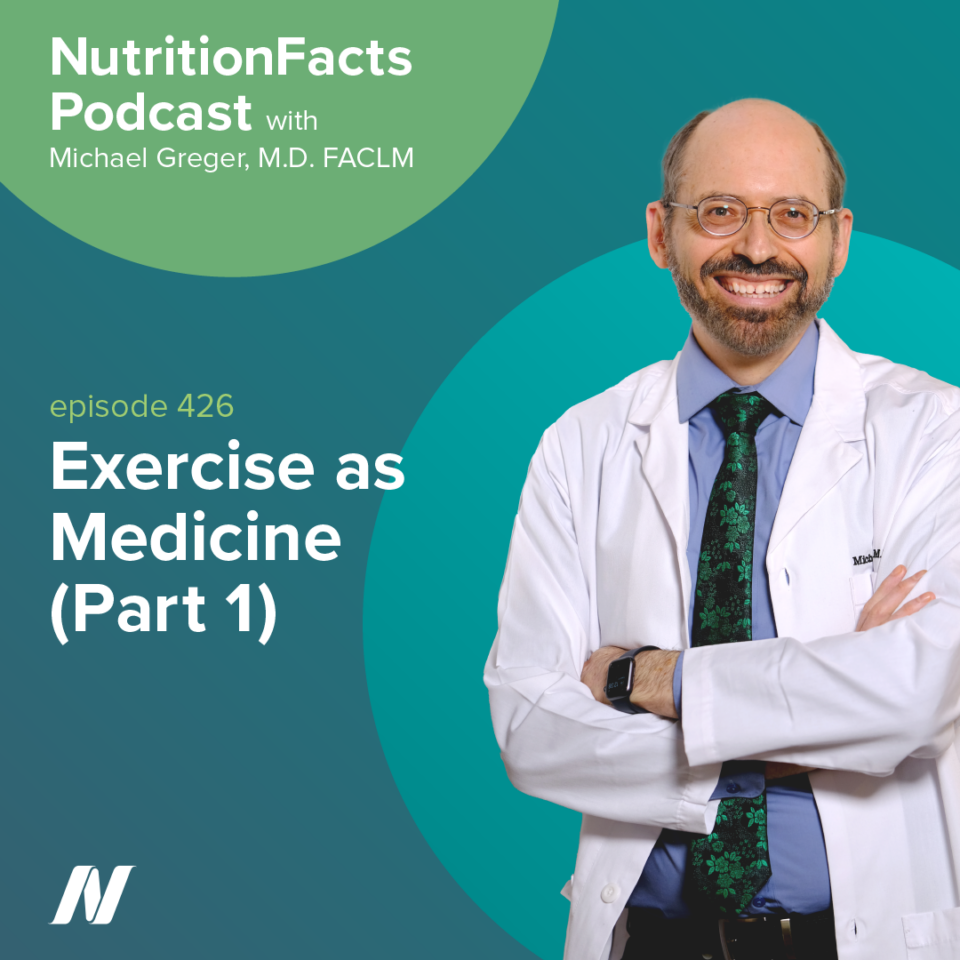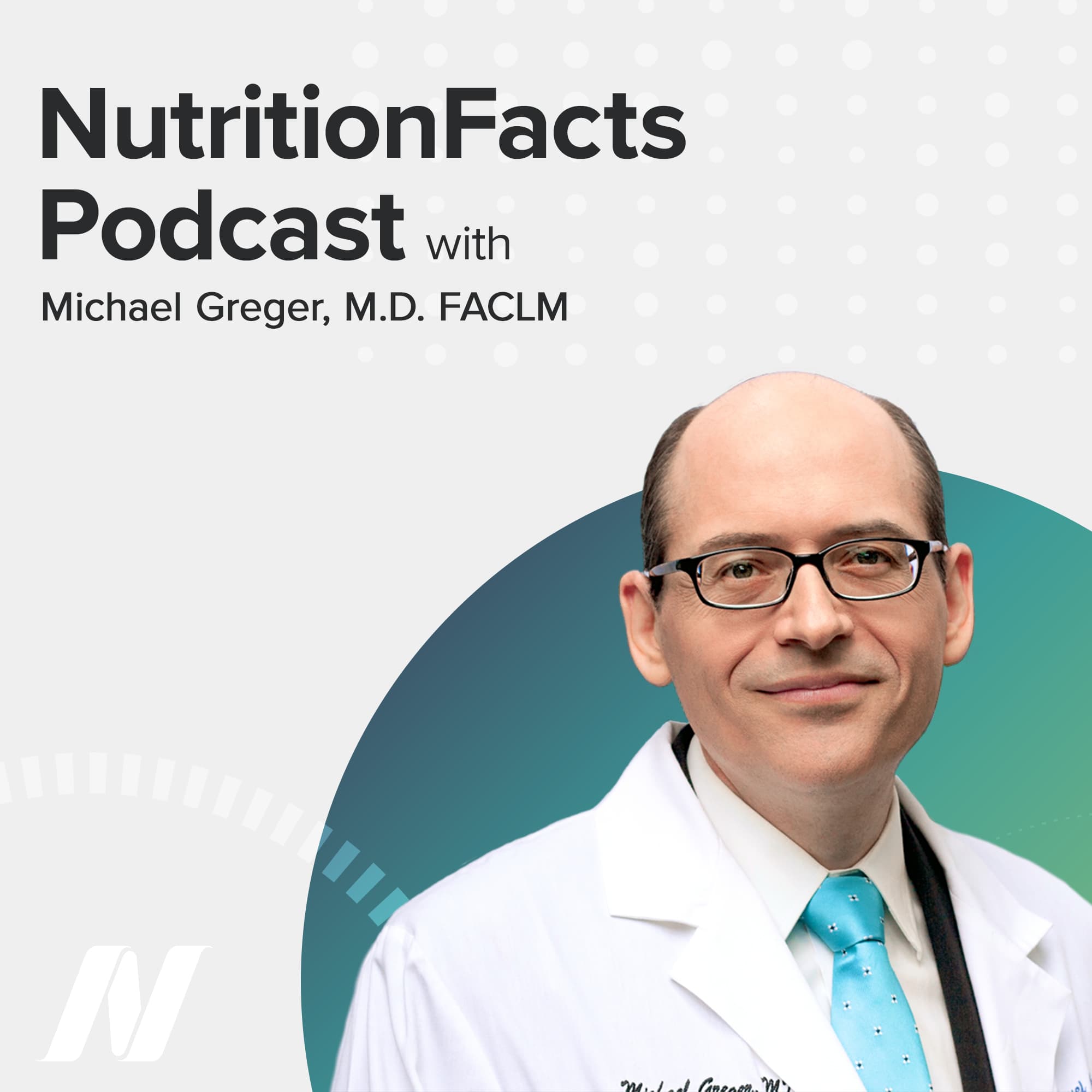There is undeniable evidence that regular physical activity will aid in the prevention of chronic disease. But how much exercise is enough? Here’s our first story.
Compared to sedentary individuals, physically active men and women may have an approximately 30 percent lower risk of premature death. Even just walking 15 minutes a day may reduce mortality risk by 15 percent. Mortality rates continue to drop about four percent for each additional 15 minutes of moderate exercise a day like walking––plateauing out at about 90 minutes a day. What does that translate to in terms of time?
The life expectancy for those walking just 15 minutes a day would be about three years longer compared to those who don’t exercise regularly, and those meeting the recommended 30 minutes a day live about four years longer. If you jog a few hours a week or are in the top 5 percent of cardiorespiratory fitness, you may live five or six years longer.
Exercising for 20 minutes may add an hour to your life. So, for all those who say they don’t have time to work out, exercising gives us like a three-to-one return on investment. Give 20 minutes of your life to get 60 minutes of life. Beyond that, there’s a bit of diminishing returns, but exercise an hour a day and maybe get back more time than you put in. The return for vigorous exercise may be even greater, as much as seven to one. An hour of running could potentially extend your life seven hours.
Running even 5 to 10 minutes a day at a jogging pace (less than 6 miles (9.70 km) per hour) may net the same longevity benefits of the 15 minutes of daily walking. Similarly, running fifteen to twenty minutes a day may be equivalent to walking an hour a day, and twenty-five minutes of running can match walking’s maximum mortality benefits that top off at around 100 minutes. The benefits of running, however, continue to increase until about 45 minutes a day.
Walking is the most commonly-reported exercise, and though it is not as time-effective as running, it’s easier and safer to start and sustain, particularly if you, like much of the population, are starting out sedentary.
Walking is among the safest of physical activities, averaging only about one injury per thousand hours. Not using your cell phone and walking against traffic when on roads without sidewalks can reduce pedestrian injuries. In contrast, nearly 70 percent of serious runners become injured over a year-long period, suffering most commonly from knee problems. There does not appear to be an increased risk of knee osteoarthritis, though, in all but the most elite long-distance runners who have about three times higher odds. Recreational runners do not appear to be at higher risk.
The current official physical activity guidelines recommend adults get at least 150 minutes a week of moderate aerobic exercise, which comes out to be a little more than 20 minutes a day. That’s actually down from previous recommendations from the Surgeon General, the CDC, and the American College of Sports Medicine for at least 30 minutes a day. This is construed as a “trade-off between optimizing health outcomes and minimizing requirements for individuals.”
The exercise authorities seem to have fallen into the same trap as the nutrition authorities, recommending what they think may be achievable, rather than simply informing you what the science says and letting you make up your own mind. They already emphasize that any physical activity is better than none; so, why not stop patronizing the public and just tell everyone the truth?
The optimal “dose” of exercise for maximizing longevity remains uncertain, but a pooled analysis of more than a half million men and women followed for an average of more than a dozen years found that mortality rates bottomed out at about 90 minutes a day of moderate intensity physical activity (mostly walking). Compared to no regular exercise, though, exercising just about 30 minutes a day gets you about 80 percent of the way to that maximum exercise benefit. Older adults are also encouraged to do both muscle strengthening and flexibility training at least twice a week, along with incorporating balance exercises.
Instead of exercise measured in minutes, what about measured in steps? Nonagenarians—those in their 90s—in the Sardinian Blue Zone average about 12,000 steps a day just living their lives. Based on a representative sample of thousands of U.S. adults, those getting 12,000 steps a day had a 65 percent lower risk of dying over the subsequent decade compared to those only getting 4,000 steps a day. Even just getting 8,000 steps a day appeared to cut the risk of premature death in half. A study of more than 15,000 older U.S. women found that even 4,400 steps a day could reduce mortality rates compared to 2,700 steps a day, raising the question: “Is 4,400 steps per day the new 10,000 steps per day?”
Where did the 10,000 steps a day recommendation even come from? Surprisingly, it likely originated as the brand-name of a Japanese pedometer sold in 1965 called Manpo-kei or “10,000 steps meter.” In terms of walking, the recommendation for 150 minutes a week of moderate intensity aerobic exercise get usto approximately 7,000 steps a day. The maximum longevity dose of around 90 minutes a day (technically 22.5 to 40 so-called MET-hours a week) would get most people a total of about 13,500 steps per day.
In our next story, we discover how the evidence supporting the overall health benefits of physical activity is overwhelming.
Researchers who accept grants from the Coca-Cola Company call physical inactivity “the biggest public health problem of the 21st century.” Actually, physical inactivity ranks down at number 10 for risk factors for death in the United States, and number 11 for risk factors for disability. And globally, in terms of years of healthy life lost, inactivity doesn’t even break into the top 20. As we’ve learned, diet is our greatest killer, followed by smoking.
A media analysis found hundreds of news articles claiming that prolonged daily sitting is as bad or even worse than smoking. This is decidedly not the case. Smoking is expected to cause a billion deaths this century. Tobacco is responsible for up to more than 10 times greater mortality risk, comparing the heaviest smokers versus the heaviest sitters.
What role does physical activity play in longevity? In terms of combatting the hallmarks of aging, aerobic exercise can induce autophagy, lower inflammation, decrease DNA damage, and facilitate DNA repair. A meta-analysis of cohort studies of middle-aged and older individuals, with follow-ups as long as 20 years, found that exercising adults were more likely to age successfully than sedentary individuals.
Population studies have found a correlation between regular aerobic exercise and decreased risk of at least 35 different diseases. But what have interventional trials proven in terms of cause and effect? Randomized controlled trials of older adults have demonstrated that physical activity can improve muscle mass, strength, balance, and mobility, decrease the risk of falls and potential fractures, while helping to minimize bone loss. Exercise may also improve cognition, enhance mood, successfully treat depression (as well as the prescription of the antidepressant drug Zoloft), improve erectile function in men, and generally improve quality of life. The evidence supporting the overall health benefits of physical activity are overwhelming. Exercise is medicine.
Artery stiffness is recognized as a barometer of aging, supporting the 17th century axiom from the English Hippocrates that “man is as old as his arteries.” Normally, large arteries in the body expand and recoil with every heartbeat. (That’s the pulse you feel in your wrist.) This helps cushion the pressure waves to prevent damage to tiny sensitive blood vessels in organs like your brain and kidneys. Thankfully, not all age-related stiffening is inevitable.
Endurance-training men and women have artery elasticity closer to that of younger sedentary individuals, a status that can be achieved after daily brisk walks or jogging for just three months. This may help explain why those who exercise appear to live so much longer. A single exercise session can improve insulin sensitivity for up to 17 hours. Exercise is such powerful medicine that researchers at Stanford and the London School found that exercise may work as well as drugs for patients with coronary heart disease, heart failure, and pre-diabetes, and even better than some medications for stroke.
They suggested that drug companies should perhaps be required to compare any new chronic disease drugs head-to-head against exercise, as patients deserve to understand the relative impact that physical activity might have on their condition.
Exercise has been described as the “only intervention that has shown a remarkable efficacy for…increasing mean and maximum lifespan in humans.”

 Previous Podcast
Previous Podcast Next Podcast
Next Podcast